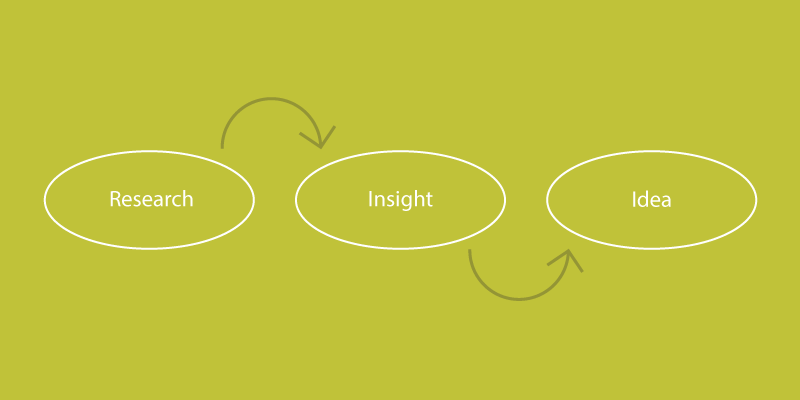Copywriting is and has always been an integral part of marketing communications. It is often the make it or break it a point of a given communication effort – be it advertising, sales, or branding. From finance to automotive and fashion – giant corporations operating in all industries have always invested millions in creative copy development. As the results show, the money has not been wasted (You’ve probably heard of Volkswagen’s historical ad that had revolutionised advertising). What makes copy particularly important is its timelessness. After all, it is all about appealing to humans – touching their hearts and speaking to their minds.
While technologies change, humans remain the same. Perhaps, this is why the narration tools, content structures and strategically and creatively chosen words based on the well-known persuasion mechanisms developed by ancient Greek orators are just as influential for today’s virtual consumers as they were during the times of the Industrial Revolution when the “art and science of marketing” bloomed.
Today, with the advent of the digital revolution, the emerging consumer touchpoints and marketing communications channels, such as websites, apps, online shops, and social media platforms have enhanced the applications of copywriting and the forms of copy. This means that savvy marketers need to master the art of copywriting to be able to not only reach their target audiences but also to persuade them by touching their hearts, appearing relevant and appealing to their minds. Yet, before dreaming about reaping the fruits of potent copy in the forms of ad impressions, web traffic, E-commerce sales boosts and returning visitors, marketers should consider developing processes and adopting methodologies for copy development.
Some copywriting frameworks used by many famous copywriters and tested with time include AIDA (Attention-Interest-Desire-Action), PAS (Problem-Agitate-Solution), SSS (Star Story Solution) and FFF (Feel Felt Found). All of the frameworks have been developed using insights from psychological, linguistic and communications research. Combining the strengths of all the existing methodologies, at Digilite we have developed our unique 8 points agile framework for copywriting that is center upon copywriting for digital consumers. The script goes as follows:
- State the premise of the sale using a strong visual and a strong headline
- Clarify the premise of the sale in the first line of the copy (if needed)
- Start with the strongest feature
- Follow with one benefit
- State another feature followed by a benefit
- Give specific and concrete evidence for the claims
- State another feature and benefit pair
- In the end, re-state the main selling premise
While adopting a framework is our first step, the real secret sauce to successful copy development is our contextual, user-centric approach. We use the “Research – Insight – Idea” sequence.

For each client’s case, we start with understanding the industry. We try to understand where the offer stands in the market: how is it similar and how is it different from other category offers. We try to understand the target audiences. Our goal is to find out what they like, who they respect, who they want to resemble, what values they hold and what problems they have. The research insights are the driving engines of all the decisions made in the consecutive steps.
Once we clarify the client’s value proposition and got to know the audience characteristics, we move to the headlines.
Most importantly, we try to make sure to craft headlines that grab attention and not sell. With the headlines, we aim at prompting questions in the reader’s mind. To maintain relevance, we also try to tie the headlines with some current events/trends that can interest the target audience. We also strive to appeal to the target audience’s emotions by surprising them or making them laugh.
After the headlines, comes the content. In the body part, we try to make the opening line complement or answer the questions that the headline has prompted. Here as well, we use market and audience insights as well as general psychological research findings to come up with working solutions. For example, the irony is usually a good practice both in headlines and opening paragraphs. This makes people both think and laugh. Another must-do is to use “social proof” to back up the claims. After all, you want to get your audience’s trust and showing that others have had a positive experience with you is a proven way of communicating your trustworthiness.
To cut a long story short, the timeless art and science of copywriting that has been pivotal to the success of many historical marketing campaigns are just as important in today’s digital world. While the media change and consumer behavior alter, human nature remains relatively constant and adherence to persuasion mechanisms that have been tested throughout time works. However, while frameworks and systematic processes are always a good practice, in copywriting, creativity makes all the difference at the end of the day, so, while following the guidelines, don’t be afraid to break all the rules with your copy, if that might deliver results. Last but not least, note that no matter how superb your copy is you have to make sure to deliver the promise if your goal is to have returning clients/users.
P.S. here are some pro tips from our team of copy experts.
*Pro Tip # 1: If you’re using a strong visual, you’re allowed to use a weak headline. Find synergy between your visual and headline.
*Pro Tip # 2: Stick to using one idea per ad. Remember that both space and your audience’s attention span are limited.
*Pro Tip # 3: In the body, use repeating style, numbered lists and parallel structures to facilitate the processing of the information that you provide.




